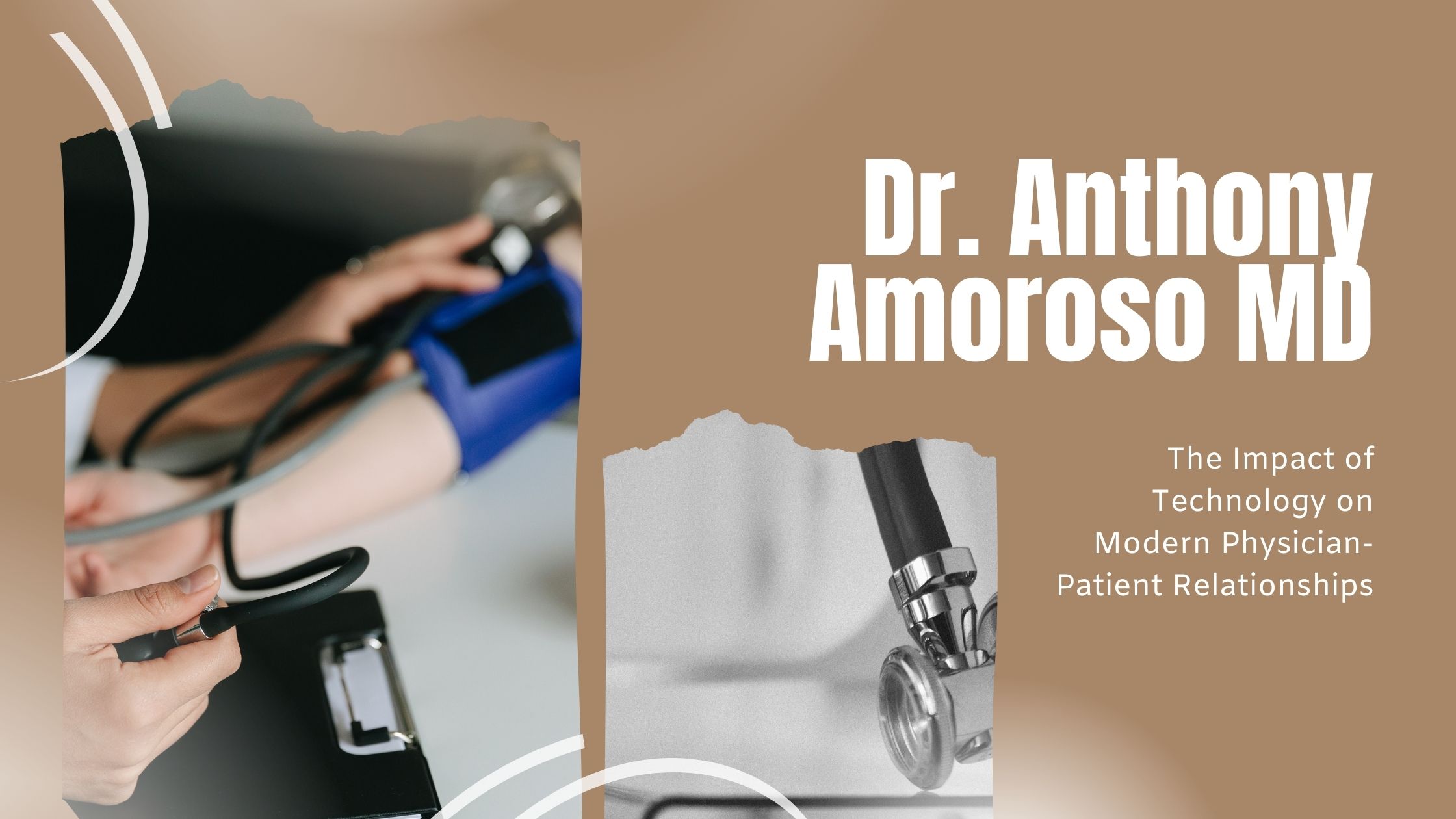Anthony Amoroso MD - Enhancing Physician Satisfaction and Wellbeing
Interestingly, physician career satisfaction closely correlates with patient satisfaction within a geographic area. As healthcare executives and organizations rank patient experience as a top priority, quality and safety are essential issues.
Given the importance of physician satisfaction (and a dose
of human compassion) to the patient experience, it is troublesome that
dissatisfaction and burnout are on the rise. Several factors on the healthcare
horizon that likely will exacerbate the trend towards physician dissatisfaction
include demand by an aging population for more services, decreased autonomy for
physicians due to changing healthcare systems, and reduced compensation because
of healthcare reform.
Steps to Improving Physician Wellbeing
Whether you are a physician, healthcare administrator, or
involved community member, improving satisfaction and wellbeing should be your
goal. Based on experience at Texas Health Presbyterian Hospital, take the
following 7 effective actions to improve physician wellbeing at your
organization:
Listen to your physicians. Ask your physicians what they
need. Recognize that needs will vary by group, gender, and age. For example,
the needs of veteran physicians are not the same as those of younger
physicians.
Gather data on key variables affecting "climate"
of the workplace. Research funded by the Agency for Healthcare Research and
Quality demonstrated that certain variables - time pressure, lack of control of
the workplace and schedule, degree of chaos, and lack of values alignment -
correlated with physician burnout. Therefore, poll your physicians on these key
variables.
Enhance meaning in physicians' work. Richard Gunderman,
M.D., reports, "The key to combating burnout is not to reduce stress, but
to promote professional fulfillment." Facilitate physicians' participating
in activities in which they feel they are making a difference. To avoid
burnout, ensure that clinicians devote at least 10% of their time to what they
care about.
Reduce chaos in the workplace. Create more peace at work, by
having enough staff, offering creative work schedules, providing good use of
space, and emphasizing communication. Be cognizant that integrating more or new
information technology can result in chaos!
Reduce time pressure and increase work control. A packed
schedule and lack of physician control trigger burnout. Allot scheduled time for
record-keeping and administrative tasks.
Support work-life balance. Flexible and part-time schedules
are key. Having strategies to cover family illness, birth of children, and
other personal needs is especially important in retaining physicians.
Participate in a physician wellbeing initiative. Adapt or
create a program in your workplace to address physician needs. Institutions and
individuals across the nation are taking responsibility to maintain and enhance
physician wellbeing by providing programs including assessment of physician
satisfaction and planned interventions to monitor and reduce emotional stress
and work-related exhaustion.




Comments
Post a Comment